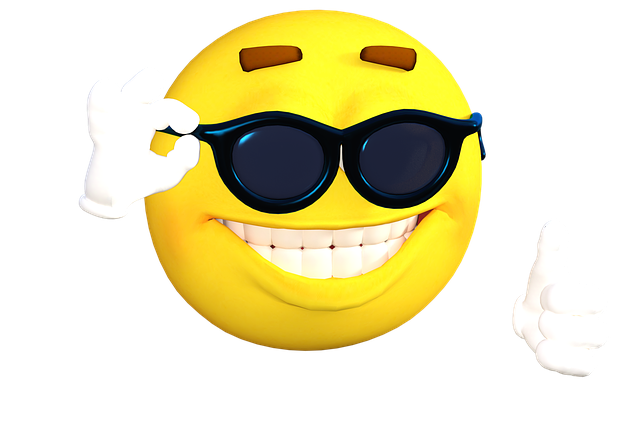So, do you think you’re an emoji expert 🤓? Emojis are more popular 😎 than ever. Did you know that every single day, we send 5 billion 😮 emoticons just via Messenger 💬. But do you know 🤔 the meanings of these symbols and how to use them correctly? Check your emoji knowledge 🧠 and discover how good 👏 👏 you are. Do you stand a chance in an emoji battle ⚔️ with Gen Z❓ Good luck! 🤞
Have you ever wondered about the origin of the word “emoji”? It is actually a combination of two Japanese words: “e,” meaning “picture,” and “moji,” which stands for “written character.” And just so we’re clear here – emojis and emoticons are two different things.
The concept of emoticons dates all the way back to the 19th century – 1881 edition of Puck magazine, to be specific. These simple, if a little solemn-looking symbols were the creative representation of some basic feelings like joy or amazement. The editorial gave them the moniker of “typographical art,” and isn’t that basically what emojis are?

Only art connoisseurs can recognize these famous works of art.
Back in the 1980s, at Carnegie Mellon University, a users of the school’s digital message board had some issues. They struggled to distinguish between serious posts and jokes. Nowadays we know exactly how hard it can be to tell the tone of the text message! To address the conundrum, a faculty member proposed using symbols like 🙂 for humorous posts and 🙁 for serious ones. For the first time (that we know of) someone used emoticons to communicate. The digital world embraced and expanded the idea of emoticons, leading to the development of modern-day emojis that we know and use today.

Even though Japanese corporation SoftBank came up with the first collection of emojis in 1997, the person who gets the credit for modern emojis is the engineer Shigetaka Kurita. He worked for a phone company and wanted to interact with clients more easily.
Kurita released the first emojis in 1998, inspired by manga art, the Chinese alphabet, and international signs on bathroom doors. The intent of these symbols wasn’t just to share information but also to provide emotional subtext. For example, you could use a ❤️ icon to add a sense of comfort and understanding to your message.
Which anime should you binge?
Emojis rose to popularity in Japan and, soon enough, internationally. Companies like Apple saw the opportunity to benefit from the new craze and incorporate their own emojis on their platforms. But how did we reach the point where emojis can translate through different apps and programs?
How many emojis a day do you send? Too much?
Back in 2007, the Google team advocated for emojis to be recognized by the Unicode Consortium, a not-for-profit group in charge of computer text norms. They wanted to ensure that emojis are displayed accurately on different platforms and devices. That proposal was approved by Unicode in 2010, which paved the way for the global adoption of emoji.
In 2011, Apple came up with a keyboard which was made with emojis in mind. Two years later, Android eagerly followed suit. Emojis could now be accessed directly from phone keyboards. As a result, a whole new audience got obsessed with these little cartoon symbols.
Starting in 2015, Unicode made an important move to broaden the diversity of emojis by allowing users to alter the skin tone of people-mojis and introducing more types of people and things they can do. Since then, each update has included small yet significant advancements toward representing more diverse cultures and individuals, such as women represented in professional settings, female athletes, same-sex couples, and people wearing hijabs or turbans. More recently, the group worked on making even more people feel represented and included in the emoji world. Now, we can use gender-neutral emojis, or emojis that represent people with disabilities.
Which crazy-viral TikTok can make your personality go viral?
Do you enjoy using emojis 🐱, or is it all black magic to you 😕? Our emoji quiz is waiting for you, no matter what! What do you think your chances are? 💯? Give it a try! 👍 Thanks for taking the quiz 🙏